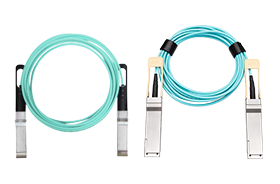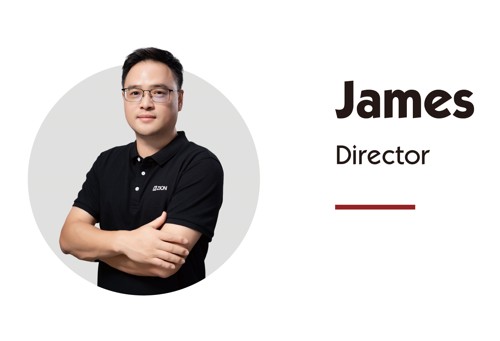Cable & Wire | High quality and excellent service at reasonable prices.
info@zion-communication.com
Author: James Publish Time: 08-08-2025 Origin: Site
In the twenty-first century, network communications technology is advancing rapidly. For companies with ample data storage, data transmission speed and stability are indeed important. In practice, when establishing or restructuring a 100G optical transport network, it is necessary to convert from the RS-232 standard to SFP28 to accommodate the requirements of various network structures. Yet there is the question of how to implement this operation efficiently and reliably. Below are several practical methods.
With ease, you can obtain a specialized 100G QSFP28-to-SFP28 adapter for use in your corporate environment. For example, insert the conversion module into the 100G QSFP28 port and then plug in a 25G SFP28 optical transceiver into the SFP28 port. Very nice conversation, indeed. Indeed, this is a cost-effective solution that is ideal for transmitting lighter loads, particularly in situations where the network is constantly changing.
100G QSFP28 to 4×25G SFP28 DAC Cable
This Direct Attach Copper (DAC) cable is economically practical since it eliminates the need for optical transceivers, which can impose an additional cost burden in large-scale implementations. The program is easy to install, requiring no additional peripherals or devices. Conversely, it is suitable for short-distance connections (up to 5 meters), primarily used within or between racks, resulting in a significant reduction in cabling and maintenance costs.

100G QSFP28 to 4×25G SFP28 AOC Cable
The Active Optical Cable (AOC) is one of the configurations that uses the 100G QSFP28 connector on one end and the four 25G SFP28 connectors on the other end. It is designed according to SFF-8636 and SFF-8431 protocols and transmits data using 850nm VCSEL lasers and SI-PIN photodiodes. The OM3 fiber provides support up to 70 meters, while the OM4 fiber supports up to 100 meters.

An 8/12-core MPO-to-4×Duplex LC breakout patch cord interconnects the 100G QSFP28 optical transceiver and four 25G SFP28 modules. This makes it suitable for connections at short distances or for refreshing the network within the same rack or cabinet, and allows for quick configuration in today's data centers.
There are many ways to achieve QSFP28 to SFP28 conversion, each with merits that address the needs of the installed scenarios.
QSFP28 conversion modules provide adaptability for SFP28 cables or ports, supporting slow-speed connections.
With 100G QSFP28 to 4×25G DAC cables being utilized, it is possible to connect devices at in-rack connections with a distance of up to 5 meters at the lowest price.
For the 100G QSFP28 to 4×25G AOC cables, coverage ranges from 1 to 70 meters (and 100 meters on OM4 fiber).
Having the breakout fiber patch cord, which provides direct optical connections from one QSFP28 module to four SFP28 modules, is also a feature.
The proper decision should be made regarding the transmission distance, budget, and power consumption to achieve the best network performance.

James is a technical manager and associate at Zion Communication.
Specializes in Optical Fiber communications, FTTH Solutions,
Fiber optic cables, ADSS cable, and ODN networks.
james@zion-communication.com
+86 13777460328
